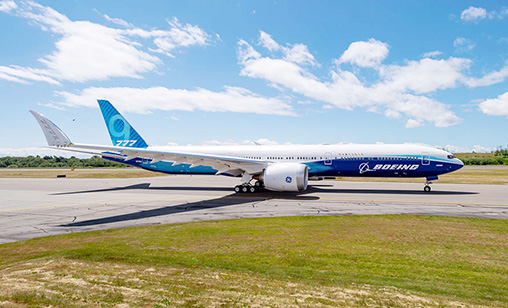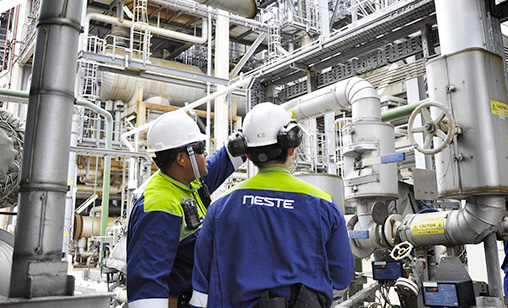News Backgrounder
Bumps along the way
Forecasting the future of the region’s airlines is a game of chance given the potential for industry crises. The path of post-pandemic recovery has been smooth, but there are no guarantees potholes won’t open up in 2025, reports associate editor and chief correspondent, Tom Ballantyne.
October 1st 2024
At press time, most of the region’s airlines were operating at pre-pandemic levels or better and are forecast to continue to prosper in 2025. Read More » Passengers are forecast to hit the 3.5 billion mark this year, 103% of 2019 numbers. By year-end 2025, passenger traffic across the Indo-Asia-Pacific is forecast to approach four billion travellers.
 |
Mordor Intelligence values this market at $87.66 billion this year and $109.88 billion by 2029. Yet, if there is an axiom for the airline industry it is that uncertainty is always on the horizon.
Major possible issues to navigate are restructuring networks as a result of air frame and engines delays, fluctuating fuel prices and the impact of geopolitical events.
Aircraft delivery schedules, in particular, are critical to forward planning. As 2024 draws to a close, International Air Transport Association (IATA) director general, Willie Walsh, speaking at an Irish think tank in Dublin in October, said Airbus and Boeing delivery delays are not improving.
“It’s massively frustrating for airline CEOs and it’s having a big impact,” he said. “It’s going to be a problem, I think, for a number of years to come. The message I hear from airline CEOs is the situation does not look like it is getting worse, so it seems to have bottomed out or plateaued, but it’s not yet getting better.”
An example: Boeing has told customers not to expect any B777-9 deliveries before 2026, more than five years later than deliveries were to commence. Customers have ordered 481 of the type, with the biggest orders coming from Emirates (205), Qatar Airways (74) and Singapore Airlines (31).
All these carriers had been planning for deliveries from 2025. Cathay Pacific, Air India and All Nippon Airways also are among the marquee customers of the type.
 |
It has a serious impact on airline operations. As Emirates Airline president, Sir Tim Clark, put it: “Emirates has made significant and highly expensive amendments to our fleet programmes as a result of Boeing’s multiple contractual shortfalls. We will be having a serious conversation with them over the next couple of months.” Asia-Pacific operators on the order list will face similar – and costly – changes to fleet plans, meaning they will have to use older aircraft for longer.
Another major risk for airlines is a spike in fuel prices resulting from the Israel-Hamas war. If the war escalates to an Israeli attack on Iran’s oil refineries, the impact on global prices could be costly.
Another geopolitical event showing no signs of abating is the Russia-Ukraine conflict. Recent reports North Korea is sending troops to assist Russia could ignite a confrontation between Russia and the West.
The most visible impact on airlines from this conflict is the closure of Russian airspace, which has caused an imbalance in the Asia-Europe and Asia-U.S. market. It has gifted Chinese airlines, which are able to operate through Russia, a clear advantage over Western competitors forced to add up to two hours to their flights to skirt Russian airspace, increasing their fuel bills. This anomaly will continue.
There are other risks, particularly global warming, that is increasing the frequency of severe weather events, flight delays and cancellations.
 |
As they deal with those complexities, the region’s airlines will be striving towards their sustainability goals. They will continue to spend as much on sustainable aviation fuel (SAF) as is available despite the fact it is four to five times more expensive than conventional jet fuel.
And, as IATA has repeatedly and forcefully declared, the profit margins of the airline industry are extremely small compared with other industries. Airlines will have to intensify efforts to improve profit margins, identifying more efficient operating procedures, including the integration of Artificial Intelligence (AI) into their information technology systems to reduce cyber-attacks.